In the race to modernize education, schools and colleges across the globe are rapidly adopting emerging technologies. Artificial intelligence platforms, data analytics tools, cloud-based learning management systems (LMS), and student engagement apps are being introduced at an unprecedented pace. These solutions promise to improve efficiency, increase student achievement, and prepare learners for a tech-driven world. However, many educational institutions are overlooking a vital step: fully utilizing the technology they already own before investing in more.
As Steve Baule, an education leadership expert, highlights, the true strength of a school’s technology plan doesn’t lie in the number of tools it adopts but in how effectively those tools are used. Prioritizing full optimization of current systems before expanding the tech stack is not only a cost-saving strategy but also a critical step in building a sustainable, purposeful culture of innovation.
The excitement surrounding new technologies often overshadows the inefficiencies that exist within current systems. Many schools purchase software licenses and digital tools without ever exploring their full functionality. This results in wasted resources and increased staff burden, as teachers and administrators struggle to manage multiple platforms, often with overlapping features.
The financial implications are clear. Districts frequently pay for software that remains unused or is underused. Redundant platforms may coexist with legacy systems, creating confusion and inefficiency. For example, a school might introduce a new LMS while still maintaining an older system that some staff continue to rely on. Without a clear transition plan, teachers receive mixed signals, students face inconsistent experiences across courses, and parents are left juggling communication from several systems.
Beyond the dollars and logistics, the deeper cost is staff morale and user fatigue. Technology, when poorly implemented or inadequately supported, becomes a source of stress rather than a tool for empowerment. Educators may find themselves overwhelmed by the complexity of managing several digital platforms, each with its interface, login credentials, and usage expectations. Rather than streamlining work, this patchwork approach disrupts workflow and reduces efficiency.
Even the most basic digital tools are often not used to their full potential. Baule recounts stories of school staff members editing documents by manually crossing out text instead of using features like “Track Changes” in Microsoft Word. In another case, a staff member spent days manually sending personalized emails to prospective students—something that could have been completed in under an hour with Mail Merge. These aren’t isolated incidents. They point to a broader issue: many educators and administrative staff aren’t adequately trained to use the tools already available to them.
This gap in training represents a significant missed opportunity. Basic software like word processors, spreadsheets, and email clients offer powerful features that can dramatically increase productivity—if users know how to leverage them. Before any institution invests in new technology, it must first assess how well its current tools are understood and used by its staff.
Conducting a comprehensive audit is the essential first step in this process. Institutions need both quantitative and qualitative data to evaluate the current state of technology use. Metrics such as login frequency, active user counts, and feature engagement rates provide a numerical snapshot of usage. Surveys, focus groups, and help desk ticket reviews offer deeper insights into the user experience, common frustrations, and unmet needs.
This evaluation should be strategic and aligned with educational goals. If a platform is intended to support personalized learning, school leaders must ask: Is it achieving that objective? Are faculty using it in ways that genuinely enhance learning? Is there evidence of improved student engagement or academic outcomes? These questions help separate essential tools from those that add clutter without delivering real value.
Once this assessment is complete, schools must focus on maximizing the value of their existing tools through targeted professional development. This goes far beyond one-time workshops. True technology integration requires ongoing, embedded training that is accessible, relevant, and varied in format. Peer coaching, tech mentorships, and professional learning communities can help educators build confidence and competence with the platforms they already have.
Flexibility in training formats is key. Some staff prefer face-to-face instruction, while others thrive in virtual or self-paced environments. Providing multiple options ensures broader participation and greater retention of skills. Schools should also establish clear, actionable expectations for how tools should be used. Telling teachers to “use the LMS” is vague; specifying that “teachers should post weekly assignments and update grades by Friday” provides clarity and direction.
Leadership plays a crucial role in shaping a technology culture that is both innovative and grounded. Sharing success stories from within the school community—whether it’s a teacher using a digital assessment tool to identify struggling students or a student leveraging assistive technology to excel—can inspire others and validate the value of effective tech use. These narratives are often more powerful than any vendor presentation because they reflect real-world impact in a familiar context.
Another often overlooked responsibility of leadership is knowing when to phase out tools that are no longer effective or necessary. Holding on to outdated systems out of habit or fear of transition only adds to the confusion. A streamlined digital ecosystem where each tool serves a specific, well-defined purpose is far more valuable than a cluttered landscape of underused applications.
One of the biggest risks in technology leadership is platform fatigue. When staff, students, and families are asked to engage with too many platforms, they often disengage entirely. Emails are ignored, portals go unused, and the promise of technology-driven transformation remains unfulfilled. Reducing this burden by eliminating redundancy and focusing on effective use of a core set of tools helps reestablish trust and enthusiasm for digital solutions.
Strategic leadership in education technology is not about chasing the latest trend. It’s about making intentional choices that support the mission of the school, improve outcomes for students, and create a positive experience for staff and families. It requires courage to pause before purchasing, discipline to assess what already exists, and commitment to empowering people, not just platforms.
As schools prepare budgets, evaluate new software pitches, or plan professional development, they should remember that real innovation often comes not from what’s new, but from using what’s already available in smarter, more effective ways. By focusing on optimization before expansion, schools can build stronger, more resilient digital learning environments—and ensure that every dollar spent on technology is a dollar well spent.


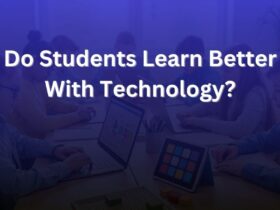
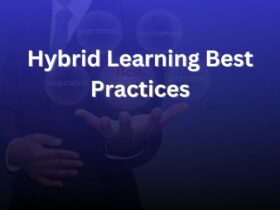

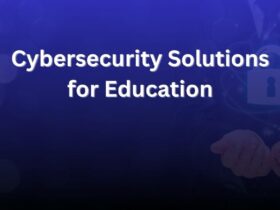
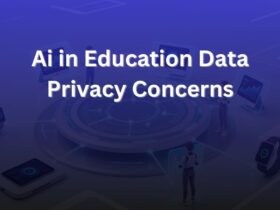
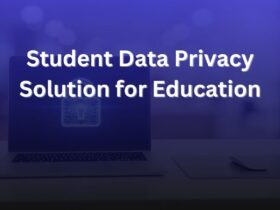




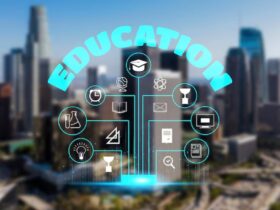

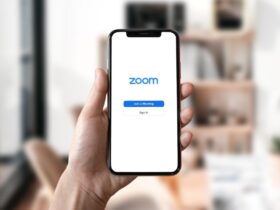
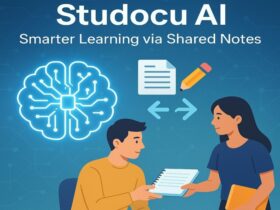



















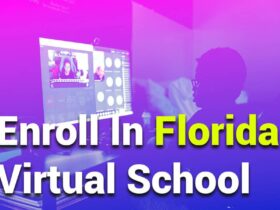
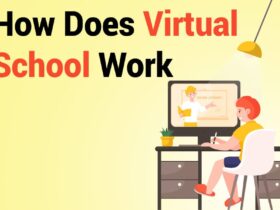




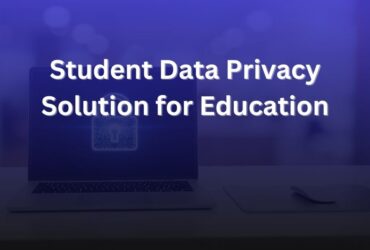


Leave a Reply